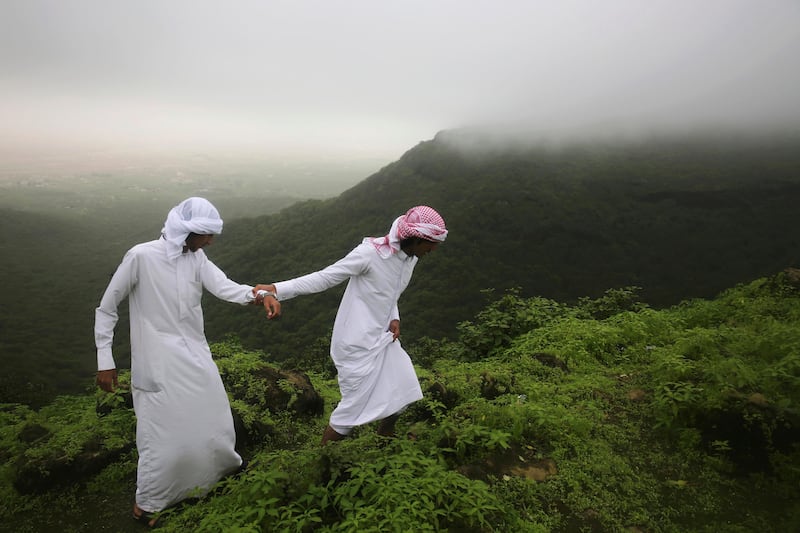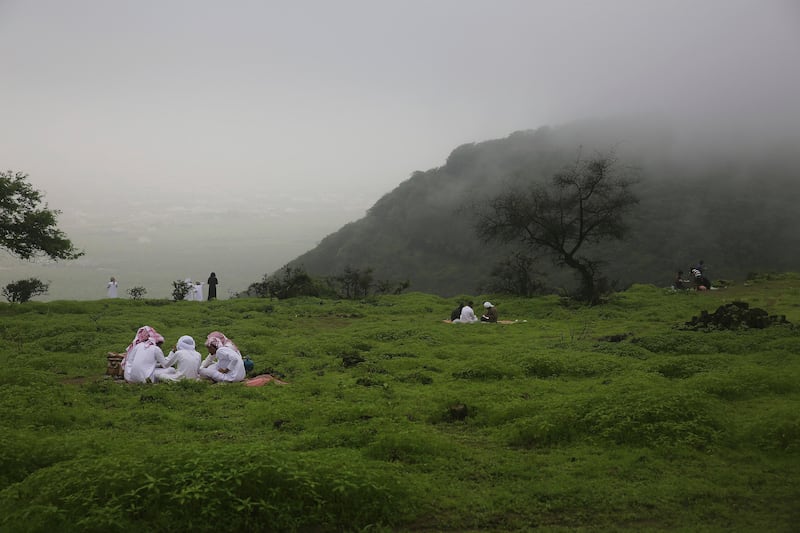While summer temperatures in the Middle East average about 43°C, in the south of Oman, late June to September marks khareef season, when monsoon rain sweeps over the region.
The seasonal weather unfolds in Oman's southernmost Dhofar Governorate.
It's one of the best times to visit Salalah, a city known for its pristine beaches and, at this time of year, its lush green valleys and verdant mountains.
If you’re planning to go, here’s everything you need to know about visiting Salalah during khareef season, from where to stay and what to see, to tips on getting the most out of your journey.
Getting to Salalah from the UAE
A short flight of less than two hours from airports in the UAE will transport you to Salalah International Airport. Several airlines offer regular flights between Salalah and the UAE, including Emirates, flydubai, Wizz Air and Air Arabia.
For a more intrepid experience, embark on a mega road trip. It's about a 12-hour drive from the UAE to Salalah and the journey of about 1,200km takes travellers through some of the sultanate’s other towns and cities, including the cultural city of Nizwa and the inland town of Haima.
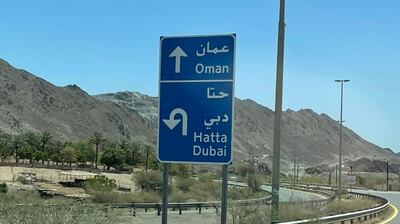
There are two points in the UAE from which to cross the border into Oman – at either Hatta in Dubai or Khatm Al Shikla in Al Ain. No matter which one you choose, you’ll need to your passport and appropriate car insurance with coverage that extends to Oman. There's an exit fee of Dh35 to pay to leave the UAE, plus you'll need a visa to enter Oman. UAE residents can get this on arrival at the border.
After crossing the border it’s a relatively easy – albeit long – drive with ample petrol stations and rest houses dotted along the way. Alternating drivers is highly recommended, as is taking regular breaks to avoid fatigue.
Seeing the cloud cover and drizzle as you finally approach Salalah is likely to be up there as one of the most rewarding experiences you’ll ever have.
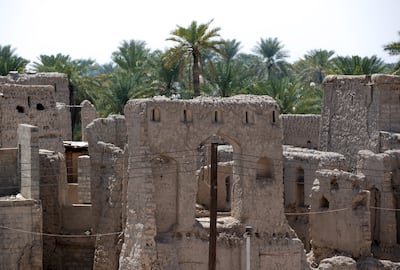
A pit-stop in Nizwa
Break up the long road trip with a pit-stop in Nizwa, Oman's cultural capital. Spend the night or take a few hours to explore some of the sultanate's traditional buildings, including Nizwa Fort, the bustling souq and the grand Sultan Qaboos Mosque.
Oman Across Ages is a new national museum that's also worth visiting. It's in Manah, an easy 20-minute drive from Nizwa.
When to visit
Late June to September marks khareef season in Oman. Temperatures dip, thick fog covers the mountains and rainfall is frequent. Peak season is from mid-July until the end of August, when the landscape is at its greenest and visitors from across the sultanate and from neighbouring countries flock to the southern coastline to enjoy the cooler climes.
Where to stay
For those seeking an indulgent retreat, Salalah has a range of luxury accommodation. Some noteworthy options include Al Baleed Resort Salalah by Anantara, which has uninterrupted coastal views, and the secluded Alila Hinu Bay in Mirbat. Crowne Plaza Resort Salalah is another nice coastal option, with three swimming pools.
Be aware that during khareef season, room rates rise and travellers can expect to pay higher than average prices.
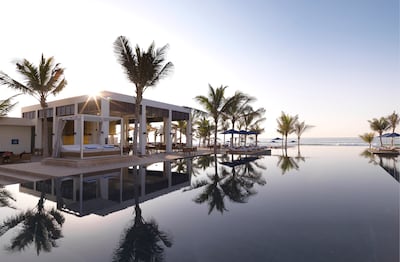
More wallet-friendly accommodation is available at Millennium Resort Salalah and Hilton Salalah Resort, both in the city centre, and at the Salalah Rotana Resort in Taqah, about a 20-minute drive outside it.
A unique option for travellers who want to connect with nature is Souly Lodge. This rustic hideaway offers palm-surrounded beachside bungalows on wooden stilts, with private terraces and room rates from about Dh600.
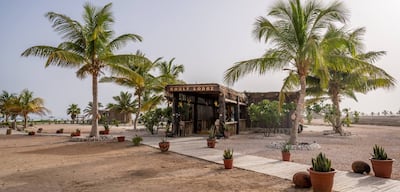
Travellers on a tight budget can also find a variety of comfortable places to stay. Try IntercityHotel Salalah, Hamdan Plaza Hotel, Atana Stay Salalah, Fanar Hotel & Residences and The Plaza Hotel & Resort. These offer affordable rooms with modern amenities and a convenient location, but without the perks of resort life. Room rates start at about Dh300 during khareef season.
What to see and do during khareef season
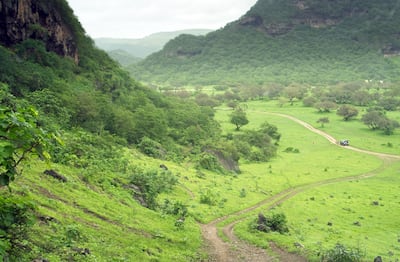
Wadi Darbat
Situated about a 50-minute drive from Salalah city is the breathtaking Wadi Darbat – an idyllic valley enveloped by mountains and one of the most popular destinations to visit during khareef. Marvel at the cascading waterfalls, verdant greenery and serene lakes that create a tranquil atmosphere.
Al Mughsail Beach
A 40-minute drive from the city centre, Al Mughsail Beach is known for its cliff-side peaks, white sandy shores and dramatic blowholes, best witnessed during khareef. Enjoy watching powerful waves crash against the cliffs alongside the natural beauty of this picturesque spot.
Ayn Athum
The waterfalls of Ayn Athum only appear during khareef season. The water cascades from a jagged clifftop in many streams, collecting in a pool below and making it a unique sight in the sultanate.
Ayn Sahalnoot
Tucked away amid the splendour of Dhofar's rugged landscapes, Ayn Sahalnoot offers an unparalleled experience of nature's tranquillity with its natural springs, picturesque rock formations and serene ambience. The Sahalnoot valley is only a 20-minute drive from Salalah city and offers some great picnic spots, although it can get busy during khareef.
Taqah Castle
Recently renovated and opened just in time for khareef season, Taqah Castle stands as a testament to Salalah's rich cultural heritage. In the old neighbourhood of Taqah, the castle offers fascinating architecture and traditional artefacts, alongside exhibitions that provide insights into the region's compelling history.
Ayn Garziz
A 10-minute drive from Salalah, Ayn Garziz is a natural spring waterfall surrounded by intricate rock formations, offering a refreshing spot for visitors to cool off and enjoy being in nature. Within a short walk of the waterfall are some natural caves that are also worth exploring.
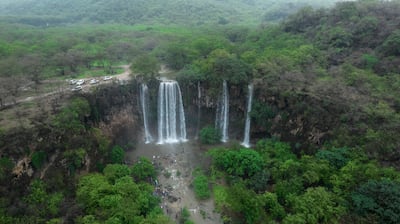
Top tips for travelling to Salalah during khareef
- Explore with an SUV: While it's not compulsory, some of Salalah's scenic spots are best explored via an SUV, especially during khareef season.
- Pack mosquito repellent: Salalah's lush greenery doesn't only attract tourists, it also brings in mosquitoes and other insects, so don't forget to pack repellent.
- Dress correctly: Light, long-sleeved tops and trousers will protect you from insect bites while wandering among bushes and tall grass, while sturdy trainers are the best choice of footwear.
- Try local delicacies: Don't miss the opportunity to savour local cuisine on your trip. Omani must-try’s include traditional dishes such as shuwa, harees, and majboos.
